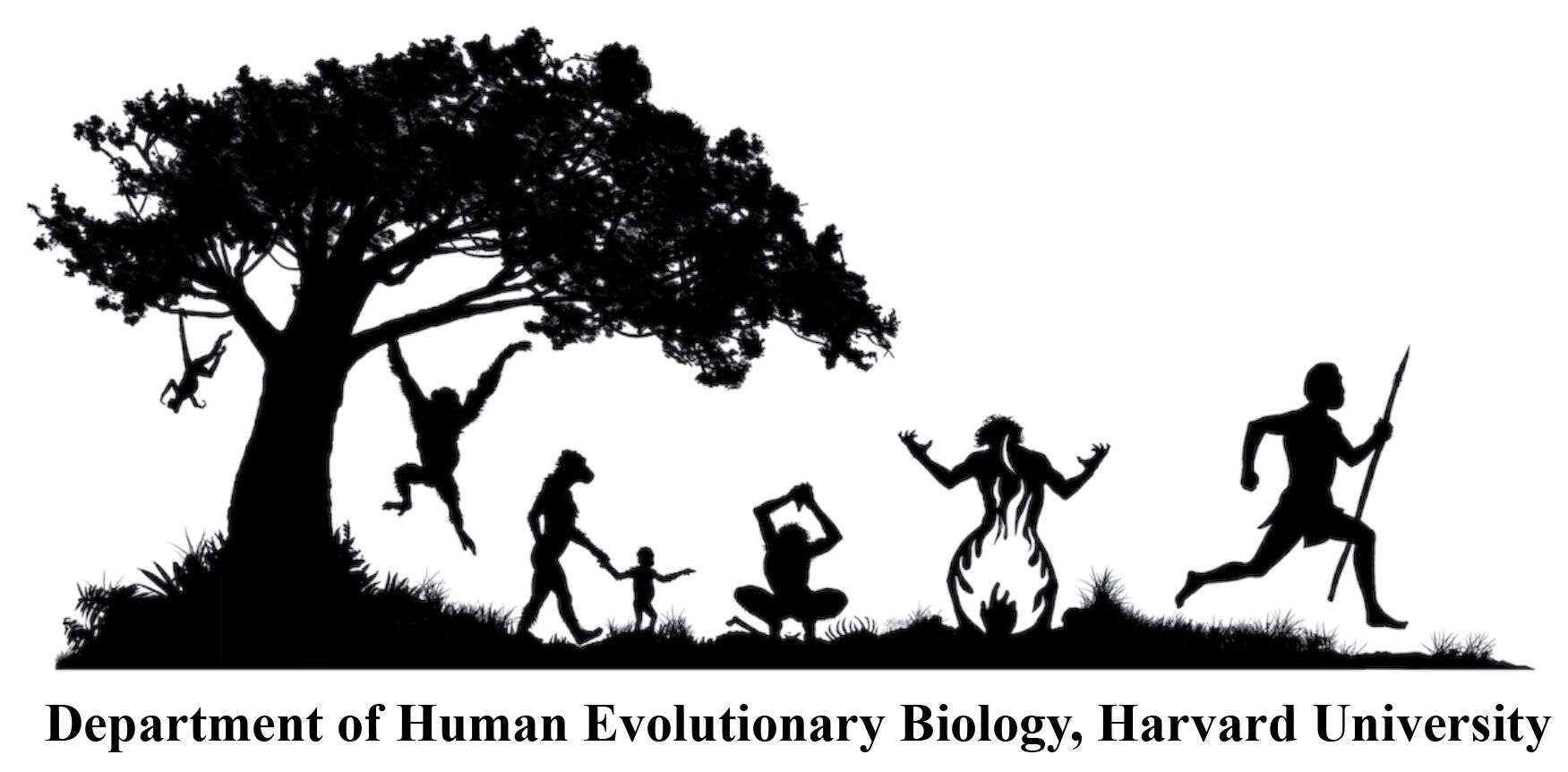Date:
Location:
"Investigating the Evolution of the Scapula and Pelvis via Developmental Genetics"
Mariel Young, Ph.D. Candidate, Department of Human Evolutionary Biology
Wed. April 28, 10:00-11:00 am EST
Please RSVP to Mallory McCoy for the zoom link & password (mmccoy@fas.harvard.edu).
Abstract: Selective pressures associated with bipedality and childbirth have acted on the pelvis throughout the human lineage, leading to dramatic morphological differences between modern human and chimpanzee pelvic phenotypes. Similarly, the hominin scapula experienced morphological shifts as well after freeing the forelimbs from locomotion enabled new uses for the upper extremities including tool use, digging and throwing, resulting in changes to scapula shape. These phenotypic differences are present from birth, suggesting that natural selection acted strongly on embryonic girdle formation and growth, processes that are genetically encoded and subject to epigenomic control. However, because girdle development is poorly characterized, little is known about the genes and regulatory elements that control the early formation and growth of the pelvis and scapula. These genetic sequences are significant because a subset was likely targeted by natural selection during hominin evolution, leading to our modern girdle phenotypes. This dissertation provides new information on girdle transcriptomics and epigenomics by identifying and investigating the genes and regulatory elements, respectively, that control girdle development in mice and humans. Following an Introductory chapter (Chapter One) that establishes the evolutionary context of girdle biology in humans, Chapter Two reviews what is known about the developmental genetics of the girdles prior to the findings of this thesis. Chapter Three then examines the results of transcriptomic (RNA-seq) and epigenomic (ATAC-seq) studies on the pelvis and scapula in both mouse and humans, allowing for comparison of the genetic control of the girdle development within and between species. Finally, Chapter Four explores the genetics behind human pelvis evolution as we link morphological data to our findings on the genes and regulatory elements that are accessible in pelvic elements during chondrogenesis. Taken together, these studies contribute new information on prenatal scapula and pelvis development, and they provide insights into how natural selection tinkered with the human genome to produce modern girdle phenotypes.
